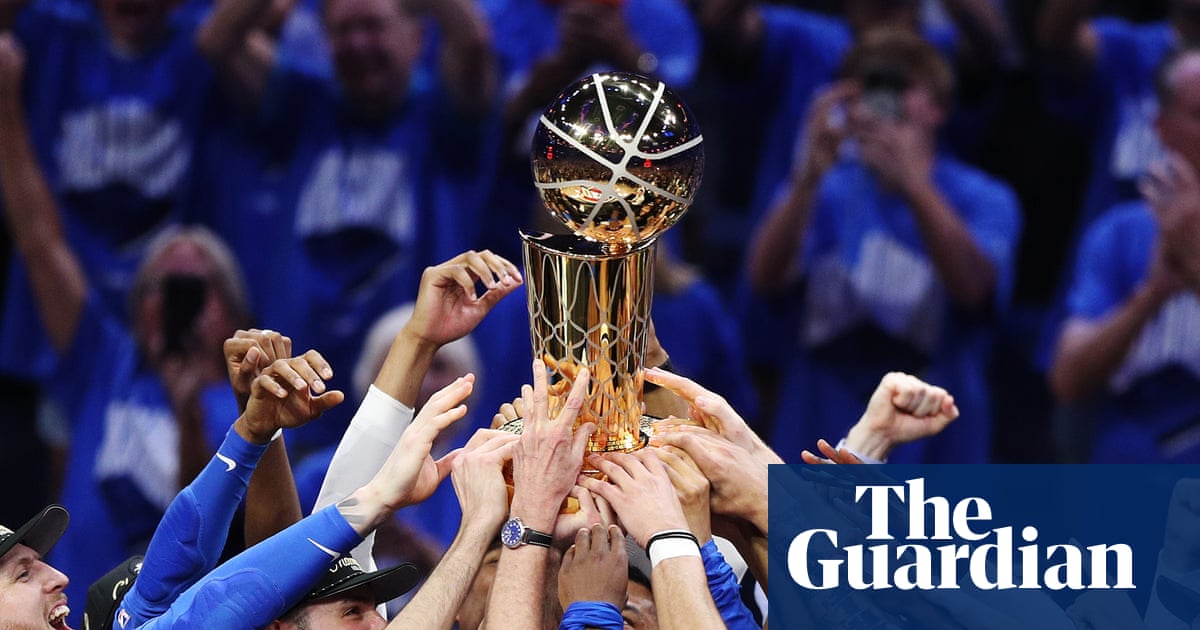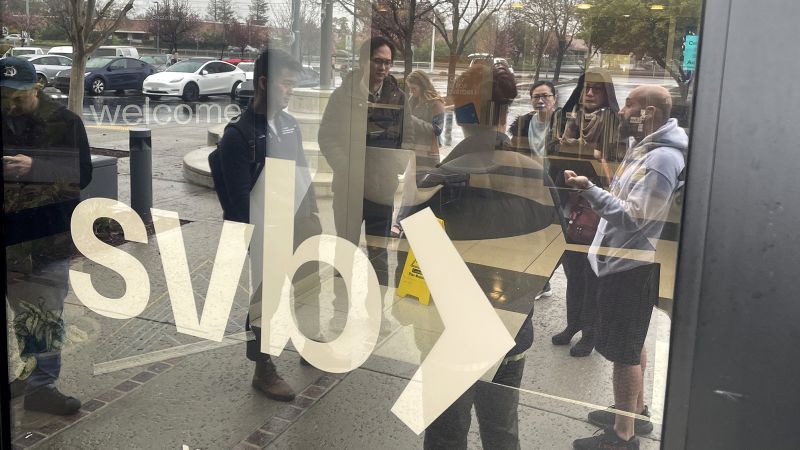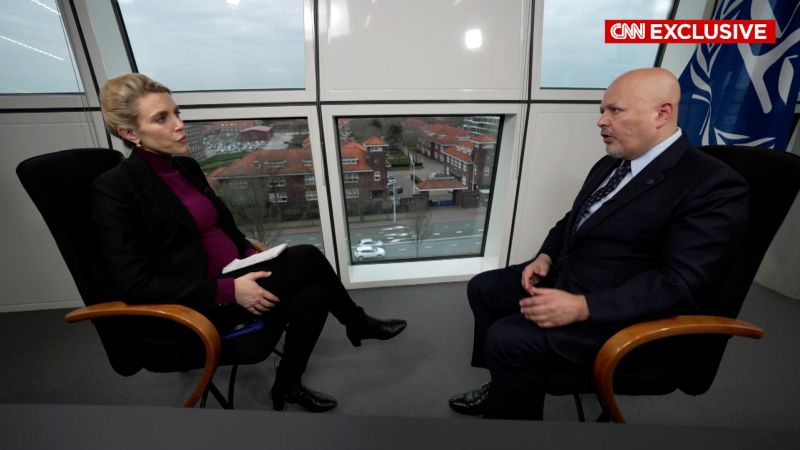He fought in the Napoleonic wars and is one of only nine Black soldiers known to have received the Waterloo Medal, the first British medal awarded to soldiers regardless of their rank.
Yet the story of Pte Thomas James has been overlooked for centuries.
Now the National Army Museum in London has identified James as the likely subject of an “extraordinarily rare” painting from 1821, which it has attributed to the artist Thomas Phillips, whose more typical sitters were Georgian luminaries such as the Duke of Wellington and Lord Byron.
The portrait will be unveiled to the public on Tuesday at the museum’s “Army at Home” gallery in Chelsea, where it will be placed on permanent display to highlight the service of James and other Black soldiers during the Napoleonic wars.
“There’s this misconception that there weren’t any Black soldiers at Waterloo,” said the museum’s art curator, Anna Lavelle. “That’s not the fault of the public – it’s not been in the historical discourse. And yet Thomas James is one of many.”
James’s story deserves to be celebrated and he should be better known, she said. “He was willing to get hurt and put his life at risk for other people in his regiment.”
James, an illiterate percussionist in the 18th Light Dragoons, was likely to have been born enslaved in Montserrat, the West Indies, in 1789. Little is known about his early life. By the time he enlisted in 1809, he had made his way to Sussex, where slavery had been abolished, and was describing himself as “a servant”.
He was awarded the Waterloo Medal after being wounded fighting a band of Prussian soldiers who had deserted and tried to loot his officers’ belongings.
“There were about 20 soldiers who were looking after the officers’ baggage, but James was the only one noted to have been severely wounded,” she said. “He obviously put up a really good fight – a spirited defence – which I think says a lot about his character and his sense of camaraderie.”
Officers, she said, must also have felt they could trust James with their belongings, probably containing money, jewellery and mess silver. “I think he was brave foremost, and honourable as well.”
James’s portrait shows him in a bright white cavalry uniform, holding cymbals, suggesting he had a particularly flamboyant role in the band. “Bandsmen would swing cymbals under their legs, flip them up into the air, catch them and clang them together loudly … it would have been quite a theatrical, high energy performance, and taken a lot of skill.”
Options for Black men in Georgian England were limited and men who did not wish to be servants often, like James, enlisted in the army as military musicians, she said: “Black soldiers wore the same uniform and were paid the same wages and pension as their white counterparts – and in the army hierarchy, a Black soldier and a white soldier of the same rank have to treat each other equally.”
Black bandsmen were so sought after for regimental bands that they knew they would find a “small community” of other soldiers of colour within the army, she said, and when their regiments disbanded, Black soldiers would “overwhelmingly re-enlist”.
When the museum acquired the portrait for £30,000 last year, the identity of both the sitter and the painter were unknown.
“We just had a hunch it was special,” said Lavelle, who researched medal records and used clues such as the cymbals and the sitter’s uniform to identify James as the likely subject.
She thinks that officers probably commissioned the portrait to celebrate James for his courage: “This portrait would have been expensive – it’s not something James, or any other private in the army, would have been able to pay for themselves.”
Portraits of individual, known Black British soldiers were “extraordinarily rare”, she said – she knows of only two others in existence from the period. “This is a portrait which can help us to tell the story of Black bandsmen in general and the important role they played in history.”
She points out that James is wearing a ring and is depicted in a relaxed pose, looking directly at the viewer: “He comes across in the painting as quietly confident – a soldier who is dignified and has a real sense of pride.”









 English (US)
English (US)